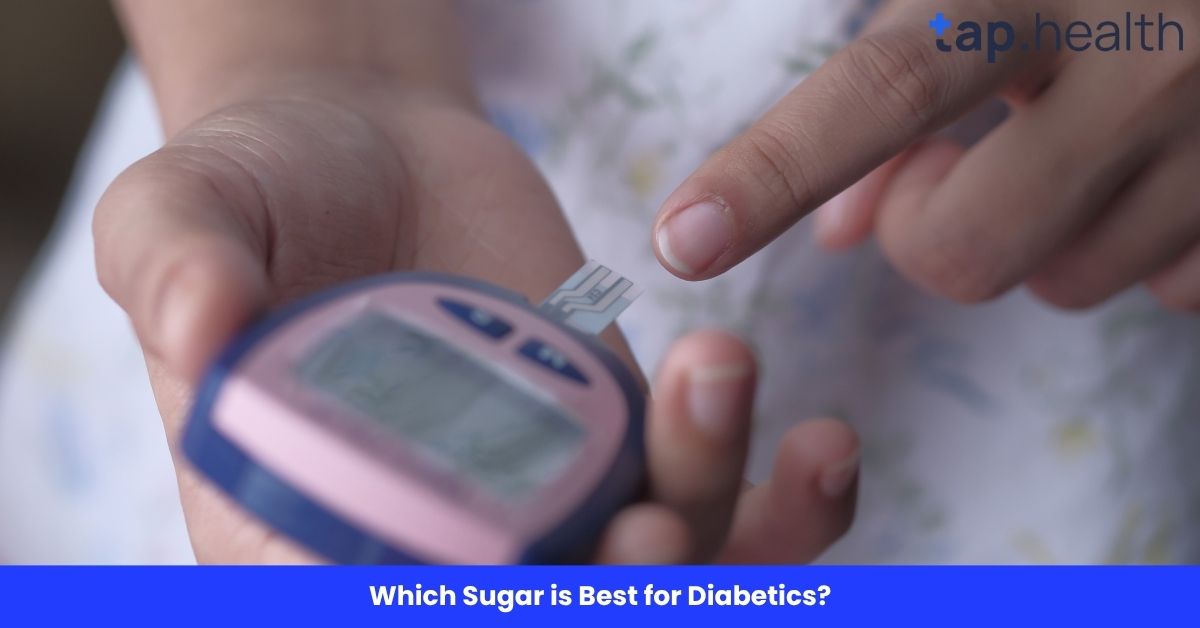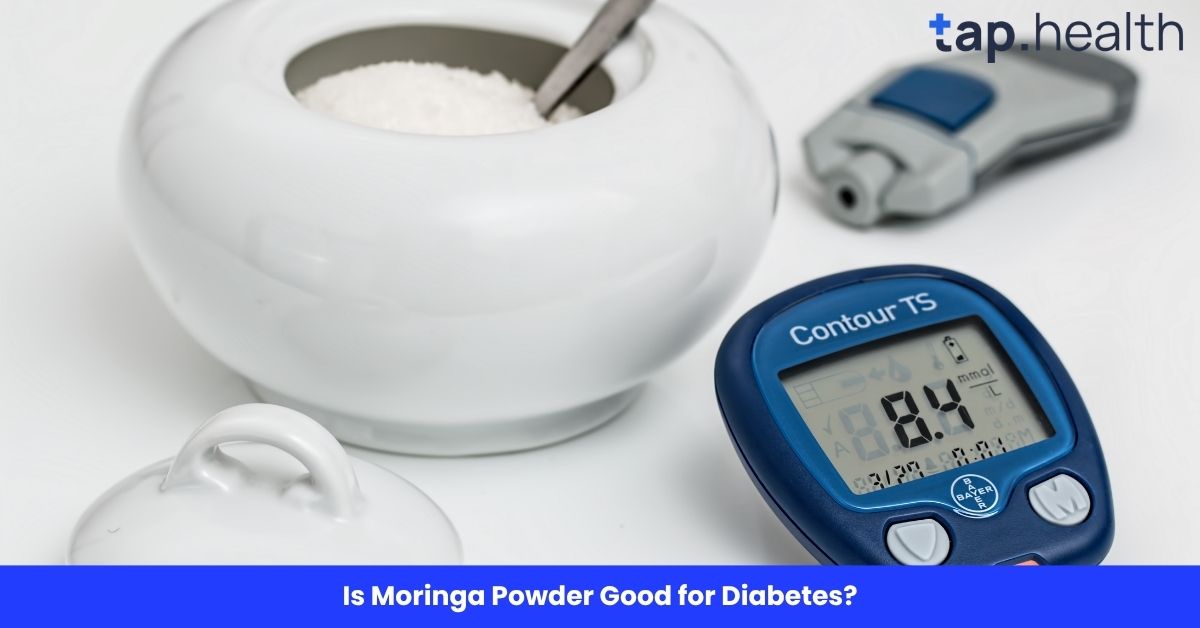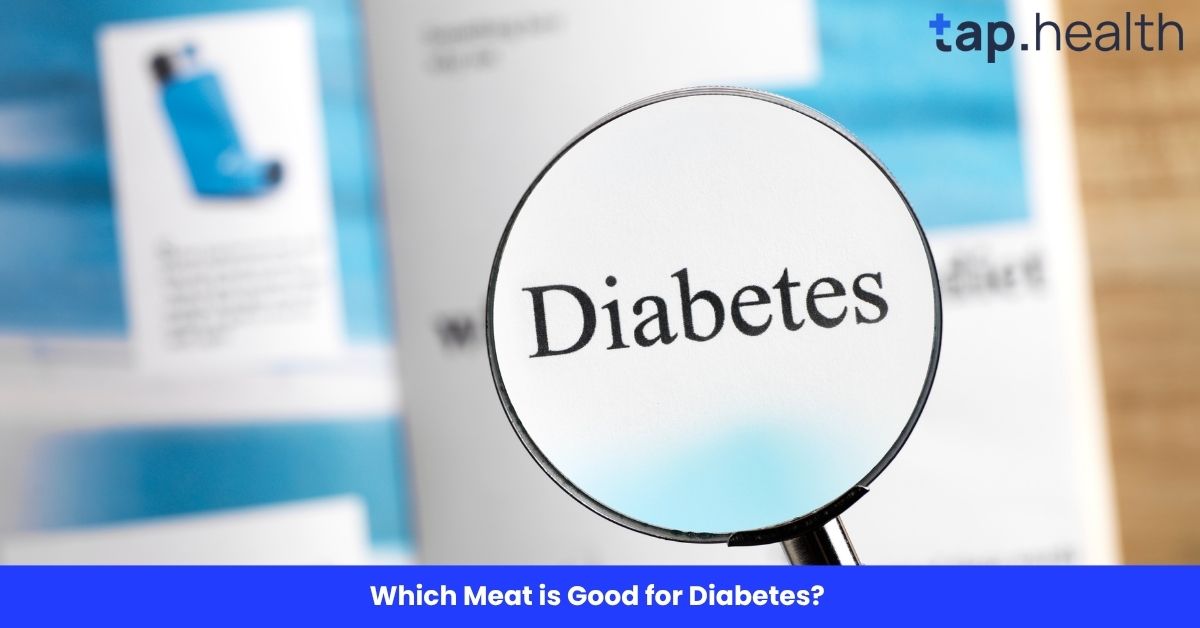Dal, a staple dish in many South Asian cuisines, is loved for its rich flavors and versatility. Whether served as a side dish or as the main course, dal is a fantastic source of protein, fiber, and other essential nutrients. But if you’re mindful of your calorie intake, you may be wondering: how many calories are in one bowl of dal?
In this article, we will break down the calorie content of a typical bowl of dal, explore its nutritional benefits, and provide tips on how to incorporate it into a balanced diet. We’ll also look at different variations of dal and how their calorie content might differ based on ingredients and preparation methods.
What Is Dal?
Dal (or daal) refers to dried lentils, peas, or beans that are typically cooked into a thick stew or soup. It is a rich source of plant-based protein and is an essential part of meals in many cultures, especially in South Asia, where it is often eaten with rice or flatbread (roti). Dal can be made from a variety of legumes, such as:
- Toor dal (pigeon peas)
- Masoor dal (red lentils)
- Moong dal (green gram)
- Chana dal (split chickpeas)
Dal is commonly cooked with spices, including turmeric, cumin, coriander, and garam masala, to create a flavorful dish. While dal is typically low in fat and high in protein, the calorie content can vary depending on how it is prepared.
How Many Calories Are in One Bowl of Dal?
The calorie content of dal varies depending on the type of dal used, the cooking method, and any added ingredients like oil, ghee, or coconut milk. A standard serving size for dal is about 1 cup (approximately 200 grams). Let’s look at the average calorie content for different types of dal:
1. Toor Dal (Pigeon Peas)
One cup of cooked toor dal contains approximately 200-230 calories. Toor dal is high in protein and fiber, making it a filling and nutritious option.
2. Masoor Dal (Red Lentils)
One cup of cooked masoor dal contains approximately 210-230 calories. Masoor dal is a great source of protein and iron, making it a popular choice for vegetarians.
3. Moong Dal (Green Gram)
One cup of cooked moong dal contains approximately 210 calories. Moong dal is easy to digest and is often used in soups, curries, and salads.
4. Chana Dal (Split Chickpeas)
One cup of cooked chana dal contains approximately 250-270 calories. Chana dal is a rich source of fiber and protein, but it is slightly higher in calories compared to other types of dal.
5. Dal with Ghee or Oil
If ghee, oil, or butter is added during cooking, the calorie content will increase. For example, one teaspoon of ghee adds about 45-50 calories to the dal. If you add more ghee or oil for flavor, the calorie content can increase significantly.
Nutritional Breakdown of One Bowl of Dal
Dal is not just a high-protein food; it is also packed with essential nutrients that provide various health benefits. Here’s a breakdown of the nutritional value of 1 cup (200 grams) of cooked dal (varies by type):
1. Protein Content
Dal is an excellent source of plant-based protein, making it a valuable food for vegetarians and vegans. One cup of dal provides about 12-18 grams of protein, depending on the type. Protein is essential for muscle repair, immune function, and overall growth.
2. Carbohydrates
Dal is also a good source of carbohydrates, which provide energy to the body. One cup of dal typically contains about 30-40 grams of carbohydrates. The carbohydrates in dal come from natural sources, and the fiber content helps regulate blood sugar levels.
3. Fiber Content
Dal is high in dietary fiber, especially varieties like toor dal, masoor dal, and chana dal. One cup of dal provides about 8-12 grams of fiber, depending on the type. Fiber aids digestion, promotes satiety (feeling of fullness), and supports heart health.
4. Fats
Dal is naturally low in fat. One cup of dal typically contains about 1-3 grams of fat, but this can increase if you add ghee or oil during cooking. Ghee and oil can enhance flavor but will also add extra calories and fat.
5. Vitamins and Minerals
Dal is a good source of several important vitamins and minerals:
- Iron: Essential for red blood cell production and preventing anemia.
- Magnesium: Important for muscle and nerve function.
- Folate: Supports cell division and DNA production.
- B-vitamins: Vital for energy metabolism.
Dal is also a great source of potassium, which helps regulate blood pressure and supports heart health.
How to Make Dal Healthier
While dal is already a nutritious food, there are several ways you can make it even healthier by adjusting your preparation methods and ingredients. Here are some tips:
1. Use Less Oil or Ghee
While oil or ghee adds richness and flavor to dal, they also add extra calories and fat. To reduce the calorie content, use minimal oil or opt for a healthier alternative, like olive oil or coconut oil.
2. Add Vegetables
Adding vegetables like spinach, carrots, or tomatoes to your dal not only enhances the flavor but also increases the nutrient density. Vegetables provide additional vitamins, minerals, and fiber while keeping the calorie count relatively low.
3. Use Whole Grains
Instead of pairing dal with white rice, consider using brown rice or quinoa, which are higher in fiber and nutrients. This combination will increase the overall nutritional value of your meal.
4. Control Portion Size
While dal is nutritious, it’s important to control your portion sizes, especially if you’re watching your calorie intake. A typical serving of dal is about 1 cup (200 grams), but you can reduce the portion if you want to keep the calories in check.
Is Dal Good for Weight Loss?
Dal can be a great addition to a weight loss diet due to its high protein and fiber content. Here’s why:
1. Protein and Fiber for Satiety
Protein and fiber help keep you feeling full for longer, which can reduce overall calorie consumption throughout the day. Dal, being high in both protein and fiber, makes an excellent choice for a filling and low-calorie meal.
2. Low in Fat
Dal is naturally low in fat, and using minimal oil or ghee during cooking can help keep the fat content low. This makes dal a heart-healthy food choice for those looking to manage their weight.
3. Complex Carbohydrates
Dal contains complex carbohydrates, which provide steady, long-lasting energy. These carbs have a lower glycemic index than refined carbohydrates (like white rice), which helps stabilize blood sugar levels and prevent hunger cravings.
4. Rich in Micronutrients
Dal is packed with vitamins and minerals that support overall health, including iron, magnesium, and folate. These nutrients help maintain your energy levels and support metabolism, making dal an ideal food for weight loss.
How to Incorporate Dal into Your Diet
Dal is incredibly versatile and can be enjoyed in many ways. Here are some ideas for incorporating dal into your daily meals:
1. As a Main Course
Dal can be the main dish of your meal, especially when paired with a serving of whole grains like brown rice or quinoa. Add some vegetables to your dal for an extra boost of nutrients.
2. In Soups and Stews
Dal can be added to soups and stews to provide a hearty base. You can blend dal into a smooth soup or leave it chunky for a more rustic dish.
3. As a Side Dish
Dal can also be served as a side dish to complement other main courses. It pairs well with grilled meats, vegetables, or even a simple salad.
4. In Salads
Cold dal can be used as a protein-packed ingredient in salads. Simply mix it with greens, cucumbers, and a light vinaigrette for a refreshing, nutritious dish.
FAQs: How Many Calories Are There in One Bowl of Dal?
1. How many calories are in one bowl of dal?
The calorie content of one bowl of dal (approximately 1 cup) ranges from 150 to 270 calories, depending on the type of dal and whether any extra ingredients like oil, ghee, or coconut milk are added.
2. What is the healthiest type of dal to eat?
The healthiest types of dal are those that are minimally processed, such as toor dal, moong dal, and masoor dal. These provide a good amount of protein, fiber, and essential nutrients. Choosing whole wheat roti or brown rice with your dal will increase the meal’s nutritional value.
3. Can I eat dal for weight loss?
Yes, dal can be a great addition to a weight loss diet due to its high protein and fiber content. It is low in fat and can help keep you full for longer, preventing overeating. Just be mindful of the amount of oil or ghee used during preparation.
4. Does dal provide enough protein?
Dal is an excellent source of plant-based protein. While it may not provide all the essential amino acids like animal protein, it can be combined with other protein sources (like rice, quinoa, or dairy) to make a complete protein.
5. Is dal good for digestion?
Yes, dal is rich in fiber, which aids in digestion and promotes regular bowel movements. It is also easy to digest and can be particularly beneficial for people with sensitive stomachs.
Conclusion
Dal is a nutrient-dense, calorie-efficient food that offers several health benefits. The calorie content of one bowl of dal typically ranges from 150 to 270 calories, depending on the type of dal and how it’s prepared. With its high protein and fiber content, dal is an excellent food choice for weight loss, muscle building, and maintaining overall health. By making small adjustments to how it’s prepared and paired with other foods, dal can be a delicious and nutritious part of any diet.


